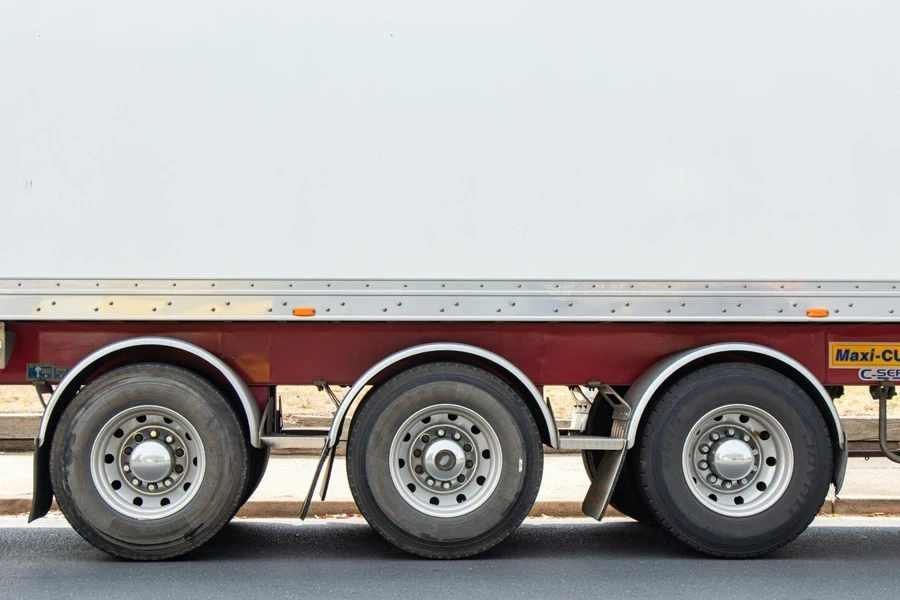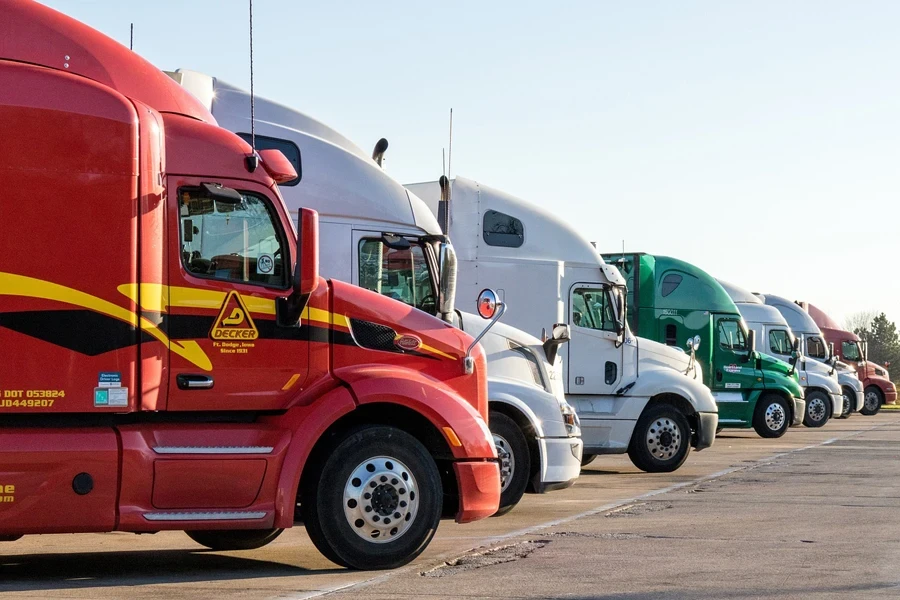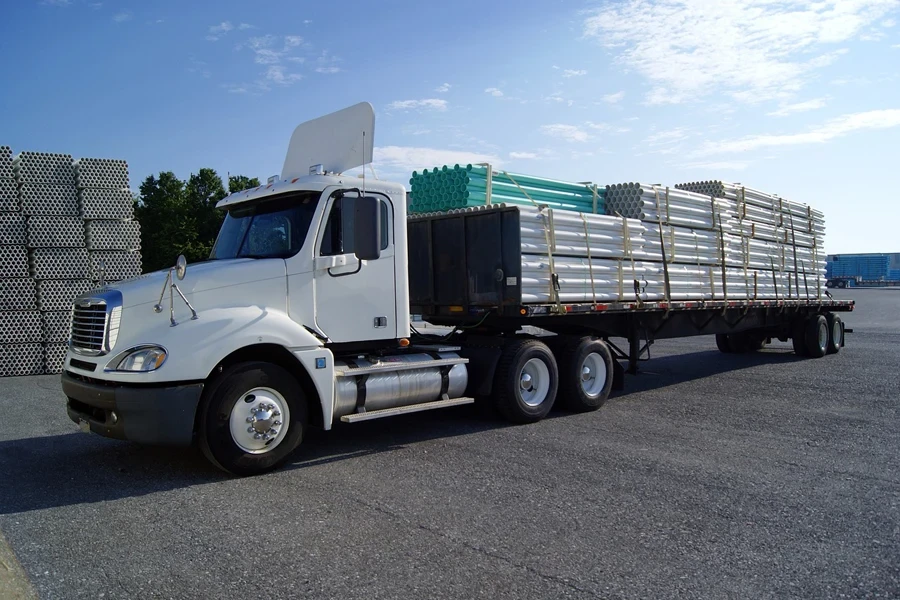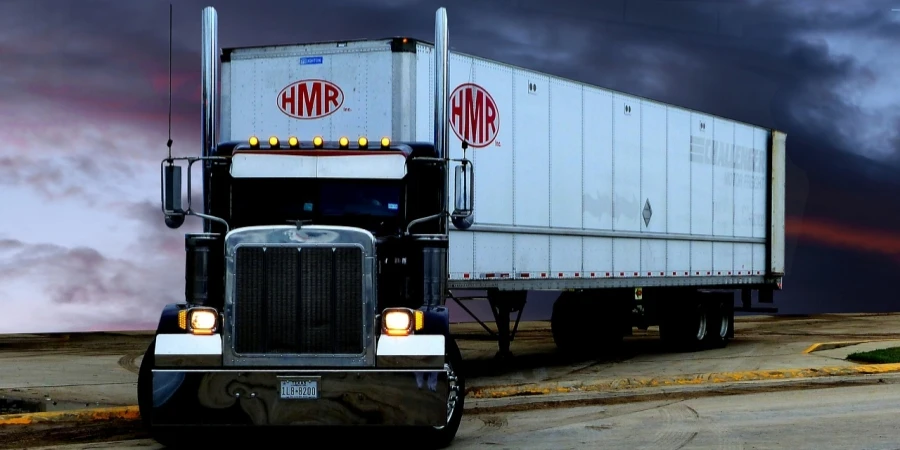Table of Contents
● Introduction
● Market overview
● Different types and their features
● Things to consider when selecting products
● Conclusion
Introduction
Truck transmissions and axles play a big role in determining how much weight a vehicle can carry and how long it will last while directly impacting its fuel efficiency. There have been innovations in axle technology involving sensors and lightweight materials to help businesses improve their performance and reduce expenses. Selecting the right type of axle, be it rigid, drive steer, or electric axle, greatly affects maneuverability, load-handling capabilities, and fuel efficiency. Understanding these advancements is key for companies looking to stay competitive in the changing landscape as electric and hybrid vehicles become prevalent in the industry. Choosing the best option enhances effectiveness and reduces upkeep expenses for fleet owners and companies aiming to improve vehicle performance and meet current transportation requirements.

Market overview
The worldwide truck axle industry is expected to increase from $1.489 billion in 2020 to $2.117 billion by 2031 at a 5.15% growth rate, per Kings Research findings. The demand is fueled by the growing need for commercial vehicles within the e-commerce, construction, and logistics segments, where there is a rising demand for heavy-duty trucks carrying heavier loads and operating on lengthier routes. Furthermore, the market is moving towards hybrid and electric cars that need advanced axle systems to accommodate various powertrain setups. Stringent emissions rules and the emphasis on enhancing fuel efficiency drive manufacturers to develop lighter axles and sturdier materials to meet changing standards.
Major companies such as Dana Incorporated and American Axle & Manufacturing are meeting the market demand by investing in research and development for drive steer axles and advanced axle technologies with real-time monitoring capabilities to enhance fleet performance and minimize downtime through maintenance solutions. The Asia Pacific region contributed to 34.64% of the market share in 2023 and is experiencing an increased need for heavy-duty trucks due to urbanization and infrastructure growth in countries like China and India. According to a report from Kings Research Institute, these developments and the increasing popularity of self-driving trucks are anticipated to boost expansion in the market for truck axles.
Different types and their features
Different kinds of truck axles cater to the specific requirements of various types of commercial vehicles to enhance performance and stability while also boosting fuel efficiency in heavy-duty tasks. Let’s explore the varieties of truck axles and the features that distinguish them.

Rigid Axles
Heavy-duty trucks rely heavily upon rigid axles for stability and the ability to effectively carry loads over rough terrain. Rigid axles remain fixed with both wheels moving simultaneously to provide optimal support under challenging conditions, such as construction sites and long haul sectors, as reported by Mobility Foresights. Their durability and ability to support high torque make them indispensable for vehicles carrying maximum weight over long distances.
Drive Steer Axles
Drive steer axles offer improved maneuverability and traction benefits, especially valuable for construction vehicles and trucks operating off-road areas. Kings Research notes that these axles enhance traction control and are ideal for trucks maneuvering in tough terrains or confined spaces. The increasing popularity of steer axles in heavy-duty usage is also fueled by advancements in axle technology that enhance weight distribution and fuel efficiency. These types of axles are well-liked for use in trucks involved in infrastructure projects because they provide improved stability in uneven terrains while still being able to carry loads effectively.
Non-Drive Steer Axles
Non-driven steer axles are often found in lighter trucks and specific settings where all wheels do not require power assistance for operation, as is commonly seen in the automotive industry today. These axles enhance the steering precision while reducing the truck’s weight. Langilles Truck Parts points out that non-driven steer axles are particularly beneficial for trucks that emphasize fuel efficiency and lightweight operations. They are frequently utilized in delivery services where there is a demand for steering maneuvers to be executed effectively. While they may not offer the power needed for heavy-duty tasks, their cost-effectiveness and straightforward operation make them a practical choice for medium-duty trucks.

Hybrid & Electric Axles
The rise of electric and hybrid axles is becoming more noticeable as the truck industry shifts towards electrification trends. The integration of motors into these axles helps emissions and enhances fuel efficiency. A report by Market Research Future highlights manufacturers’ significant investments in electric axle technology to cater to the growing use of trucks in settings with strict emission rules. These axles are versatile enough to work with powertrain setups, making them a perfect fit for the expanding market segment of electric vehicles.
Smart Axles
Smart axles incorporate advanced technologies like telematics and sensors to monitor real-time axle performance. This allows fleet operators to track important metrics like axle load, temperature, and wear for predictive maintenance. According to Volvo Trucks, smart axles provide fleet managers with data that can help extend the lifespan of vehicles and reduce downtime due to unexpected repairs. Integrating smart technology into axles is becoming increasingly important as the demand for connected trucks and autonomous vehicle systems grows, offering more efficient management of vehicle fleets.
Things to consider when selecting products
Several critical factors must be considered when selecting truck axles to ensure optimal performance and longevity. Axles directly affect load-bearing, fuel efficiency, maintenance costs, and vehicle handling, making the right choice essential for maximising operational efficiency.

Vehicle load requirements
The weight and type of load a vehicle carries significantly influence axle selection. Drive steer axles, for example, provide better maneuverability and traction, making them ideal for heavy-duty trucks that operate in challenging environments, such as construction sites or heavy cargo transport. According to Work Truck Online, fleet managers must match axles with a vehicle’s gross vehicle weight rating (GVWR) to ensure the truck handles the load effectively without sacrificing performance or fuel efficiency. Constant heavy loads require axles designed for high torque and durability, ensuring safe and efficient operations over long distances.
Terrain and application
The terrain a truck navigates plays a crucial role in axle selection. Trucks operating on off-road conditions or hilly terrains, such as mining or construction, often require rigid axles with a higher torque ratio to handle rough surfaces and steep inclines. As noted by Volvo Trucks, trucks that frequently operate on highways benefit from lower axle ratios, allowing for better top-end speed and improved fuel economy on flatter terrains. Selecting axles suited for the specific application ensures smoother handling and helps avoid unnecessary wear and tear on the drivetrain.
Fuel efficiency & emissions
Axles made from lightweight materials or hybrid axles can help improve fuel economy and reduce emissions, an important factor given stringent environmental regulations. According to Kings Research, electric and hybrid axles are gaining traction, especially in urban areas where emission control is crucial. These axles optimise power distribution and enhance the vehicle’s overall efficiency, making them a valuable choice for fleet operators looking to cut costs and meet sustainability goals.

Maintenance and durability
Axles equipped with smart monitoring systems can significantly reduce long-term maintenance costs. These systems provide real-time data on axle load, wear, and temperature, allowing operators to schedule predictive maintenance and avoid costly downtime. According to Work Truck Online, lubrication management systems and other advanced features help extend axle life, ensuring trucks remain operational for longer while minimising unexpected repairs.
Technological compatibility
As vehicles evolve with electric and autonomous systems, axle technology must keep pace. Axles that integrate seamlessly with modern drivetrain technologies are essential for maintaining performance. Electric axles, for instance, are designed to complement electric vehicles, ensuring efficient power transmission and reducing the strain on other components. Fleet managers must choose axles compatible with the latest advancements in autonomous driving and electric vehicle technologies, as this ensures future-proofing and maximises the potential of these high-tech vehicles.
Conclusion

Selecting the right drivetrain and axle setup is crucial for improving truck performance and reducing costs. By carefully considering factors like load capacity, terrain, fuel efficiency, and technological compatibility, fleet managers can optimise their vehicles for greater efficiency and longevity. Advances in electric and hybrid axles and smart monitoring systems offer new opportunities to enhance operational performance while minimising downtime and maintenance expenses. Choosing axles tailored to specific applications boosts performance and helps businesses meet environmental regulations and stay competitive in a rapidly evolving industry. Making informed decisions benefits both fleet operations and overall business success.




